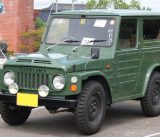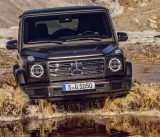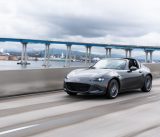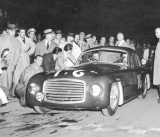“Power Wagon”. The name seems to make hair sprout on men’s barren chests. It conjures up scenes of bearded lumberjacks swigging amber drinks and felling big ole’ trees. It’s about as ‘Murican as it gets. Most importantly, the Dodge Power Wagon is one of the most badass, old, perhaps toughest original American pick-up trucks ever built (it served in WWII, after all). So, does the 2017 Power Wagon, a trim available in Dodge’s RAM line, live up to this storied lucha libre of a 4×4?

In short, yes. Although the Power Wagon was reimagined a few years ago, 2017’s iteration is all grown up with a refreshed front end that finally departs from the tired crosshair Dodge grille. Hiding behind that new fascia is Chrysler’s mammoth 6.4L Hemi, chomping rocks and pushing sedans out of the way with 410 horses and 429 torques at the peddle.
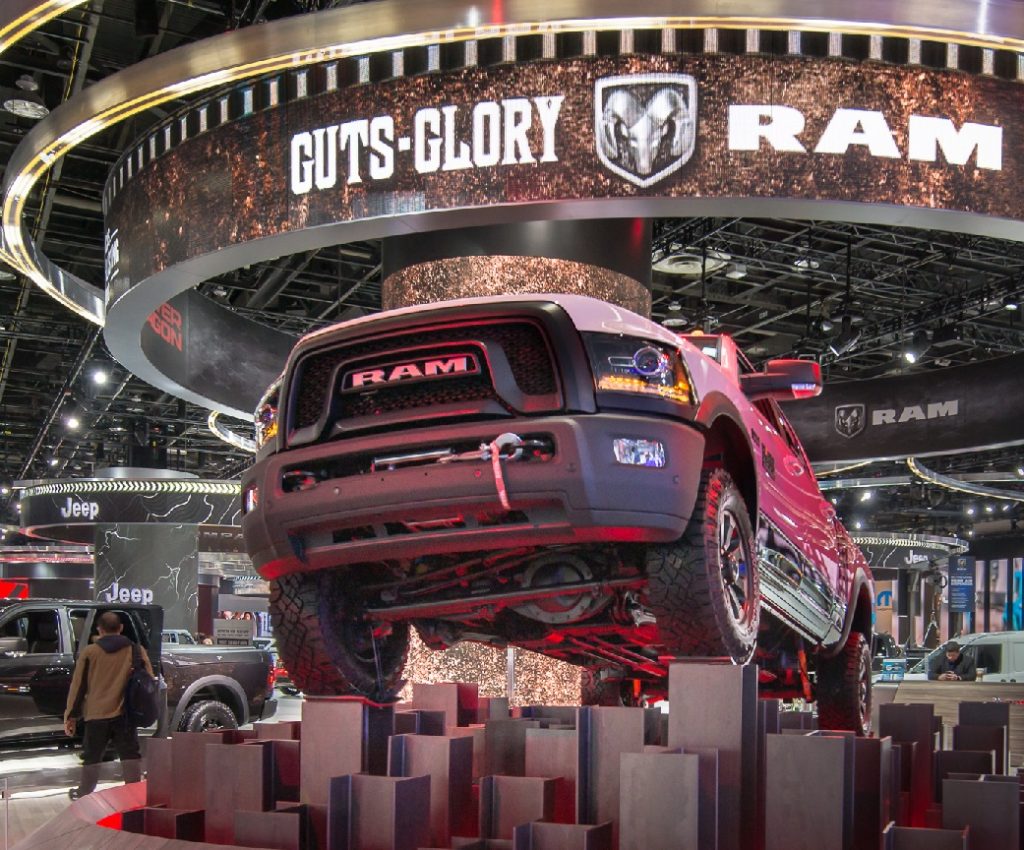
The Power Wagon’s grille offers a much-needed change to the aging crosshair grille.
All that power is managed by a six-speed automatic transmission and 4.10 rear. The crawl ratio is surprisingly low, dialing in at just 35:1, but that doesn’t stop the Power Wagon’s 33” Goodyear Duratrac tires from effortlessly assisting the Wagon over mountains that other trucks would simply drive around. With a wheelbase just shy of 150”, the Power Wagon does what few other full-size pickups with properly long beds do: Take its owner on incredible off-road adventures. This is perhaps the most important aspect of the Power Wagon, given this was the original truck’s exact intent when it was introduced in 1946.
But big numbers and gear ratios don’t solve the equation, so Dodge tucked a few other goodies under the 2017 Power wagon so it could fulfill its true purpose. Peek under the rear, and you won’t find leaf springs like every other truck on the market today. Instead, you’re getting five-link, coil spring suspension being dampened by Bilstein shocks at each corner. Although tow capacity is reduced from 13,000 lbs. to around 10,000 lbs., ride quality and 4×4 capability are simultaneously enhanced. A running ground clearance of 14.3”, an approach angle of 33 degrees, and a departure angle of 26 degrees let the Power Wagon eats rocks, tree trunks, and generally any trail hazard for breakfast.
In 4×4 High, the 2017 Power Wagon seems to glide over generally anything your (above) average trail can throw at it. Steep inclines and declines are no problem thanks to two lovely little goodies: Hill Descent Mode and shift-select crawl speeds. The former works quite simply: Plant your feet on the floor, keep your knuckles white on the wheel, and let the Power Wagon do the rest. The truck will apply brake pressure as needed to descend any terrain. It’s unsettling, but the truck really seems to drive itself off-road.
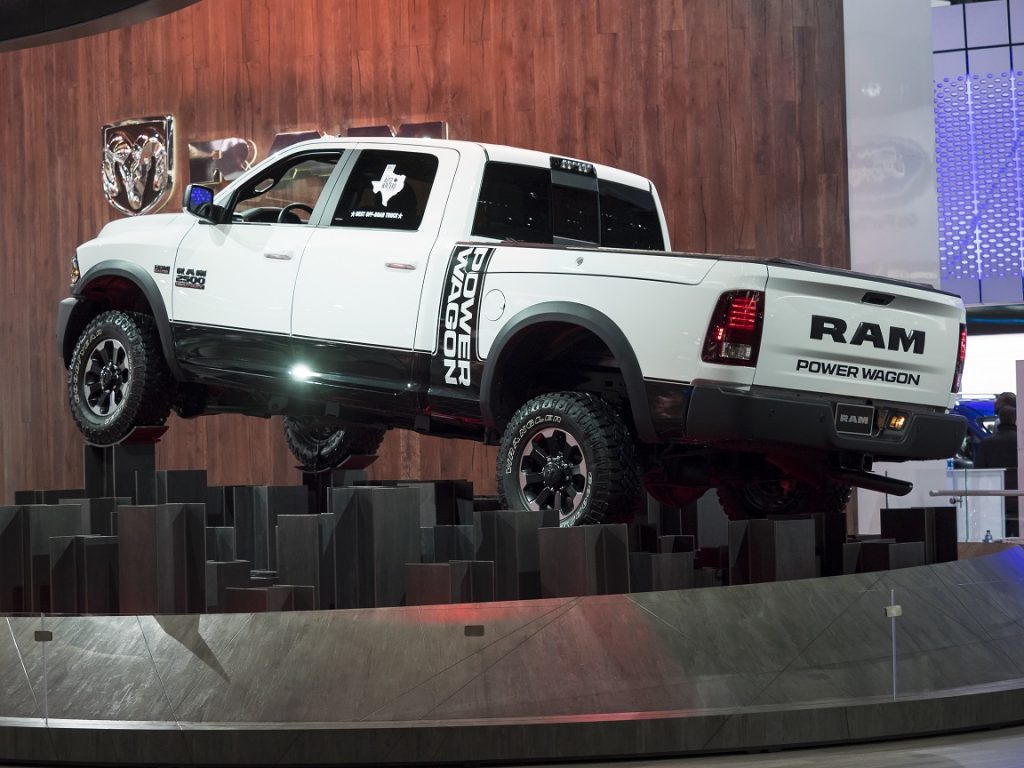
The latter works by using the shift buttons on the dash to set your pace. First lets you crawl along at 1.2 mph, second gets you to 1.8 mph, and so on. Once set, the truck will maintain that speed, regardless of what it encounters. Axle lockers and a disconnected anti-roll bar help out, too, but there’s little else to consider – and we kind of like that.
Ford’s Raptor spaceship, with its 400 different driving modes, active assist, angle indicators, LCDs, etc., etc., almost distracts from the fun of off-roading. Sure, the Raptor blazes across sand dunes like an extra in the latest Mad Max, but it’s such a busy, techy truck that ironically doesn’t fair as well in the mountains. The 2017 Power Wagon is a “feel it and go” kind of 4×4 crawler in the purest form. It’s simple, with a roomy interior and some nicely stitched leather… and that’s all we really have to say about the interior, because that’s about how little it matters. Most importantly, the Power wagon is rugged and designed well enough to easily clamor over 60-degree inclines and the like. In our view, the 2017 truck embodies the original Power Wagon without sacrificing anything. Well done, Mopar.

